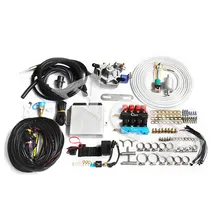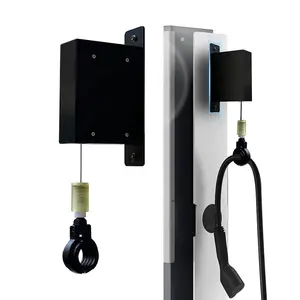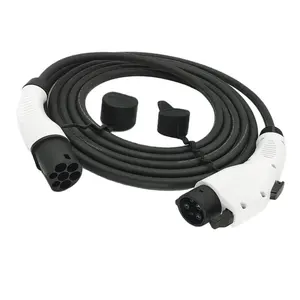As important as the car itself, an electric car charging cable is a vital tool for keeping the driver on the move. With a plug head on either end, one end of the EV charging cable pushes into the EV charging port of the car, and the other end plugs into a port on the charging station.
Types of electric car charging cable
Since there're multiple types of car chargers, the cables are designed separately to match these chargers. For example, type 2 EV chargers have a 7-pin design and accommodate both single and three-phase mains power. They are capable of charging at a level of up to 43kW, which requires compatible cables. Level 1 charging cables are required for Level 1 charging, which usually uses a standard household 120v outlet and can add up to 40 miles of range to the battery within several hours. Level 2 EV charger delivers an electrical current from an outlet to the vehicle through a level 2 charging cable. The charger uses a 208-240v power source and a circuit that is potentially up to 60 amps. The retractable EV charging cable is a part of a cable management system that uses a retractor to pull cables off the ground and out of potential damage. It keeps cables restrained and contained while still allowing convenient access to drivers.
How to choose an electric car charging cable?
To buy the right car charging cable, the customers must know the required amps and kilowatts and if they need a 1-phase or 3-phase cable. If customers who only use the cable at home find the kW output capacity of their home charger doesn't match their cars, they can choose a compatible EV charging adapter. Making sure the cable length provides adequate flexibility without adding unnecessary cost is also important.










































 浙公网安备 33010002000092号
浙公网安备 33010002000092号 浙B2-20120091-4
浙B2-20120091-4